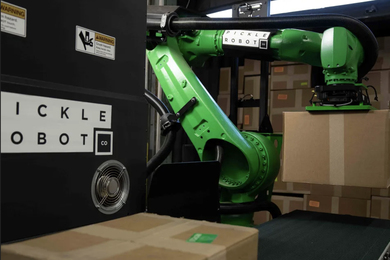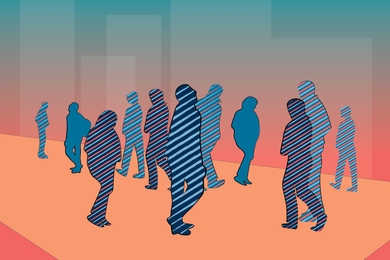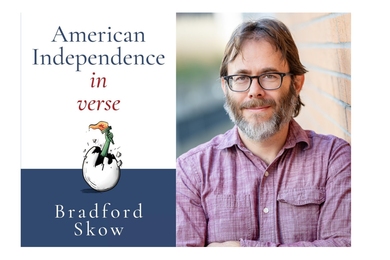Construction work on the hydrofoil project is almost done, but thanks to the EDICS program, a record of the process will be preserved so that future students can more easily learn about the whole process.
EDICS, or Engineering Design Instructional Computer System, is an interactive multimedia program started 12 years ago by mechanical engineering Professors Woodie Flowers and Ernesto Blanco, and Seichi Tsutsumi, a film maker and former Industrial Liaison Program officer. It is currently funded by the Center for Advanced Engineering Study (CAES), the Department of Mechanical Engineering and the Office of the Dean of Engineering.
The original program, which consisted of three chapters on bearings, rotors and cylinders, lets students with little background in engineering learn about procedures on a computer with text, graphics, animation, sound and diagrams, Professor Wilson explained. By using a mouse, students can easily move from one section to another, depending on how much time they require to master the information. Professor Wilson is the principal investigator on the project as well as the faculty advisor for the work on a new hydrofoil (see accompanying story).
EDICS is now in the process of being updated and expanded into eight chapters, he said. One of the new chapters will be on overall design, which will focus on the hydrofoil project. Producer Tracy Pierce of CAES and mechanical engineering graduate student Sepehr Kiani have been shooting video as various pieces of the craft were designed, built and tested. "We really wanted to illustrate the design process," Professor Wilson said.
In its initial form, EDICS (which is now in use at a high school and 13 universities in the United States, Australia and England) required a large DEC computer and a Macintosh computer with a separate videodisc player, a television monitor as 13 floppy discs. Now it can run with just a CD-ROM drive and a single-screen PC displaying windows of video. The video from the older version can be translated for use in the new machines, but the some elements such as the animation must be redone, Professor Wilson said. The first two chapters of the updated program are scheduled for completion in January 1994.
A version of this article appeared in the October 27, 1993 issue of MIT Tech Talk (Volume 38, Number 11).





